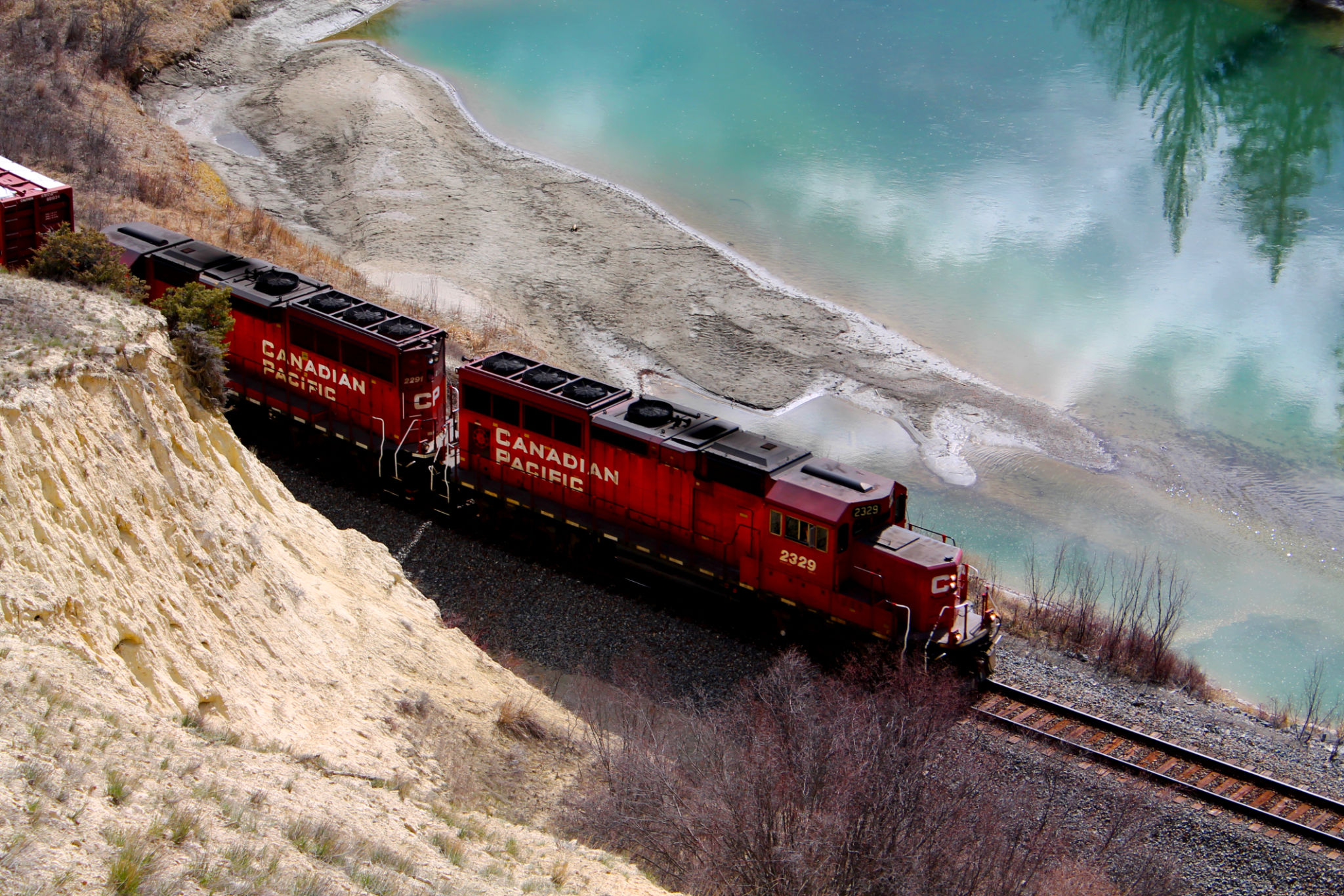Seasonal Maintenance Tips for Kentucky Railways
Understanding the Importance of Seasonal Maintenance
Maintaining railway systems is crucial for ensuring safety, efficiency, and reliability. In Kentucky, where weather conditions vary significantly across seasons, seasonal maintenance becomes even more critical. The fluctuating climate demands specific attention to different components of the railway infrastructure to prevent operational disruptions and enhance passenger safety.
Seasonal changes can affect the structural integrity of railways, making it essential to implement a comprehensive maintenance plan that addresses these variations. Failing to manage these seasonal impacts can lead to costly repairs and potential safety hazards.

Spring Maintenance: Preparing for Growth
As the snow melts and temperatures begin to rise, spring is a time for renewal and preparation in the railway industry. One crucial task during this season is inspecting and repairing any damage caused by winter conditions. This includes checking for cracks in the rails, inspecting bridges for structural integrity, and clearing any debris that may have accumulated on the tracks.
Additionally, it's important to check drainage systems and ensure they are functioning correctly. Spring showers can lead to water accumulation, which can weaken the track foundation if not properly managed. Ensuring that all drainage systems are clear and operational will help prevent water-related issues.
Summer Maintenance: Managing Heat Stress
Summer brings its own set of challenges, with high temperatures causing tracks to expand and potentially buckle. Regular inspections during this time focus on detecting and addressing any heat-related deformations in the tracks. Rail fastening systems should be tightened to accommodate thermal expansion and prevent misalignment.

Vegetation control is another critical aspect of summer maintenance. Overgrown vegetation can obstruct signals, reduce visibility, and interfere with the tracks. Regular trimming and removal of excess vegetation help maintain clear sightlines and improve safety.
Fall Maintenance: Preparing for Cold Weather
As fall approaches, it's time to prepare for the colder months ahead. Inspections should focus on ensuring that all heating systems on trains are functioning correctly to keep passengers comfortable during their journeys. Additionally, verifying that rail switches are in good working condition is essential as they tend to freeze or malfunction in cold weather.
Leaf accumulation on tracks can also present significant challenges during fall. These leaves can make tracks slippery, leading to potential safety hazards. Regular cleaning of tracks can mitigate this risk and ensure smooth operations.

Winter Maintenance: Battling the Cold
Winter maintenance is perhaps the most demanding due to harsh weather conditions such as snow, ice, and freezing temperatures. Snow removal from tracks is a priority to ensure that trains can operate without interruptions. Specialized equipment may be needed to clear snow efficiently.
Ice accumulation poses another risk, particularly on overhead lines and signals. Regular de-icing procedures help prevent disruptions in power supply and signal failures. Furthermore, continuous monitoring of rail conditions helps detect any issues early, allowing for prompt corrective action.
Conclusion: A Year-Round Commitment
Effective seasonal maintenance of Kentucky's railways requires a year-round commitment to inspection, repair, and proactive measures. By understanding the unique challenges posed by each season and implementing targeted strategies, railway operators can ensure a safe and reliable transportation network for all passengers.
Adopting a comprehensive maintenance approach not only enhances safety but also contributes to the longevity of railway infrastructure, ultimately leading to cost savings and improved service quality over time.
